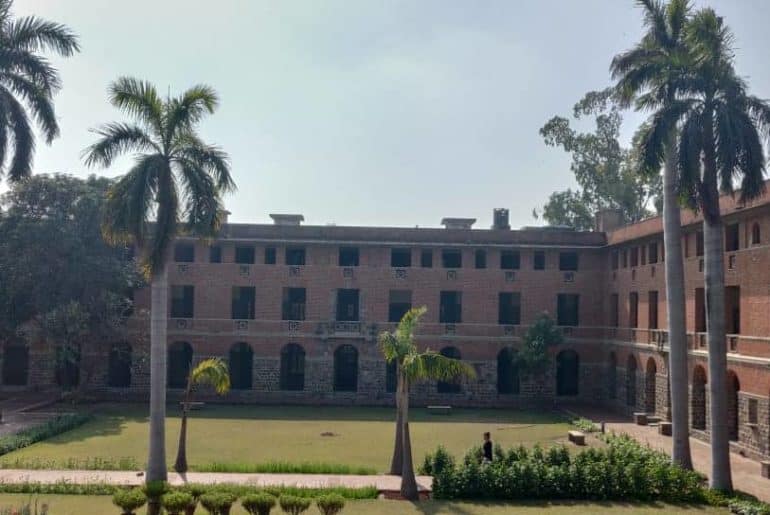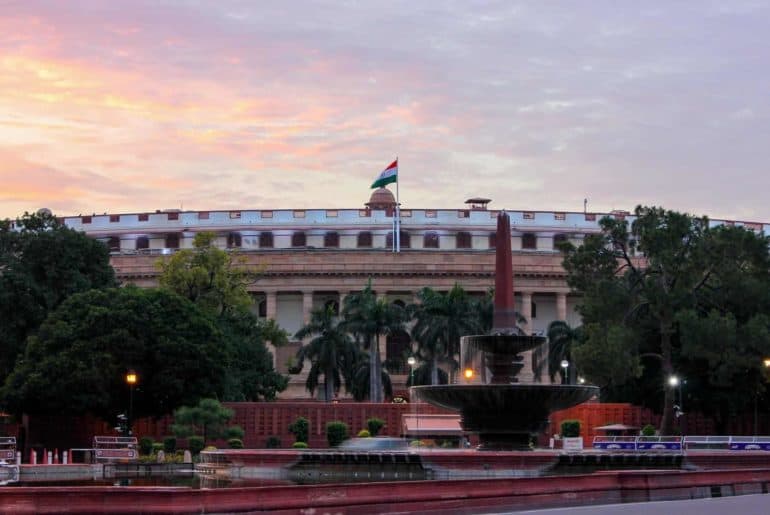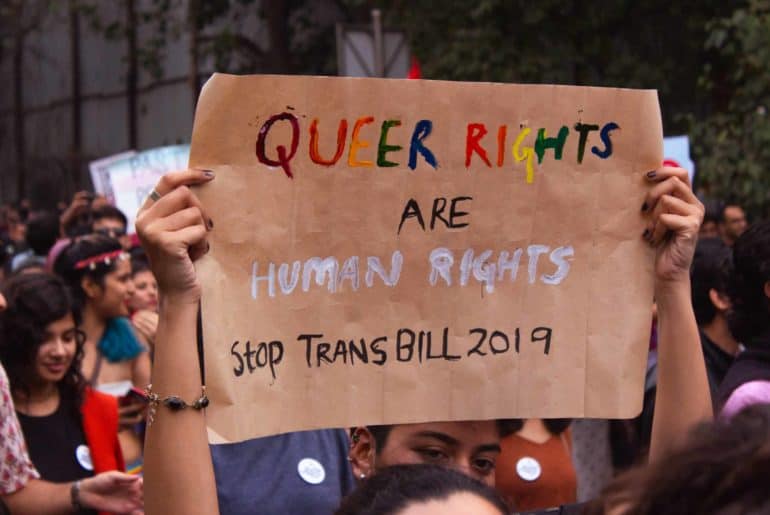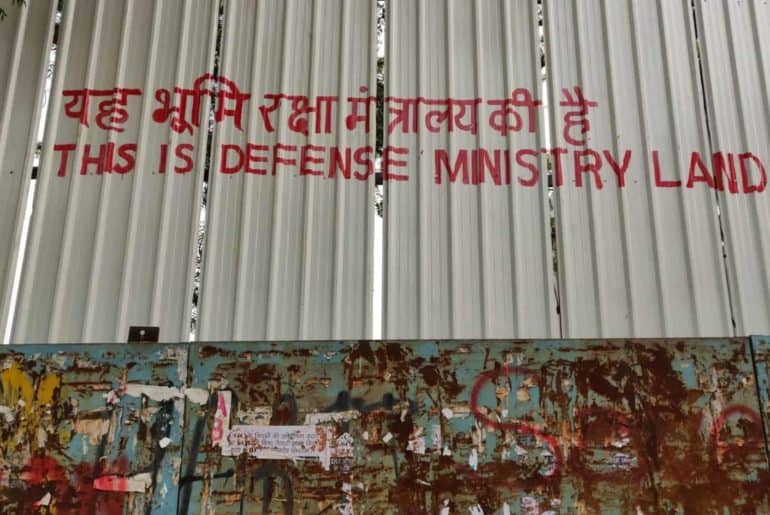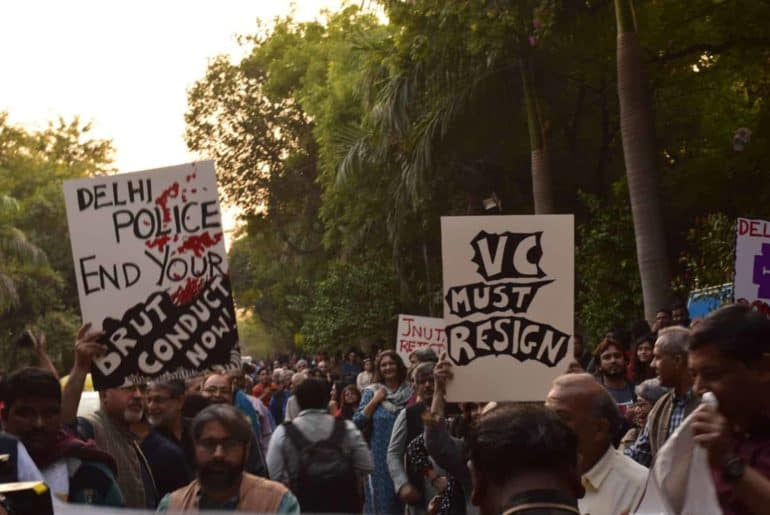The students of Delhi University have observed multiple discrepancies during the Semester-End Examinations causing various issues. Read further for more details.
On 4th December, students of Shaheed Bhagat Singh College (SBSC) writing the GE History paper for the first semester received a question paper that was out of syllabus, raising a huge concern among them all.
“We had our GE History Paper yesterday Delhi Through the Ages. Our syllabus for this year was changed. But, our particular class has got a separate paper than that of others, i.e, of the previous syllabus. Other classes have got the new paper, we got the old one. Even after we told our teacher, he denied it. We’ll get zero marks if the person checking our answer sheet doesn’t get the paper, as we had different question papers from others,” said a student writing the exam. The student further provided that they had contacted the Principal who further directed a letter to the concerned authorities. Hopefully, corrective measures will be taken soon.
Further, on the 5th of December, students from Ramanujan College giving their 5th-semester exams for B.A (Prog) E.S.B ( Entrepreneurship and Small Business) had been given a paper which was completely out of the syllabus taught to them. Vaibhav, a student giving the paper at Ramanujan says, “Our syllabus was completely different than what came in the exam. I read the first question and I thought I don’t know this, I read the second question and I didn’t know it and when I got to the third question, I raised my voice and asked is this In the syllabus and everyone there agreed that all of this wasn’t in the syllabus.”
Initially, the invigilators had been very helpful in alerting the administration. However, after an hour was waste by these students, they were told to either attempt the paper or leave, and
no helpful solution was provided. This threw the students into a very bad situation.
Rishansh, who had called the teacher during the exam says “ When I asked the authorities for help during the exam, initially they were helpful but then after a while, they said this is your syllabus according to the DU website. When I called the teacher, he didn’t pick up, he later responded saying he couldn’t pick up due to the DUTA strike. I tried to coordinate with the teacher to sort this out the next day but he was not serious at all. We are very worried.”
Another similar incident was observed on the 7th of December during the Political Science paper for the first semester throughout Delhi University. Students claim to have received questions from the old syllabus.
“We had 3 questions from Democracy which wasn’t there in the new syllabus. Everybody was upset about it but nobody exactly complained about it. We had to attempt any 4 questions out of the 8, so nobody really did anything. And the last question was short notes on any 2 out of 4 and two of them were from democracy and one direct question from democracy,” stated a first year Political Science student from Lady Shri Ram College for Women. To our knowledge, no corrective measures for the same were taken.
Further issues were faced in Shaheed Sukhdev College of Business Studies in Rohini where the paper for Basics of Statistical Inference was delayed by 1 hour since it didn’t reach the college on time.
These recurrent instances speak volumes about the impetuous nature of the Examination Department of Delhi University. These heedless actions may severely impact the academic careers of countless students. Hopefully, these errors would be corrected in a timely manner.
Feature Image Credits: Vaibhav Tekchandani for DU Beat.
Prabhanu Kumar Das
Aditi Gutgutia


